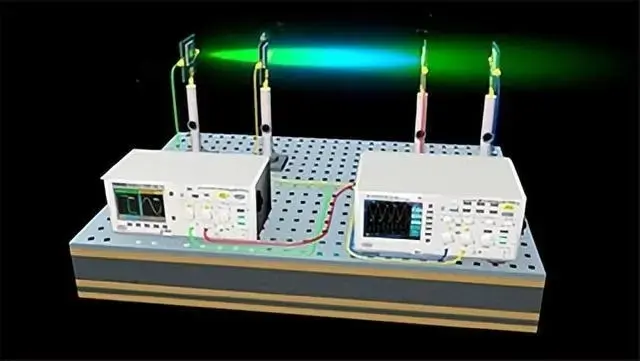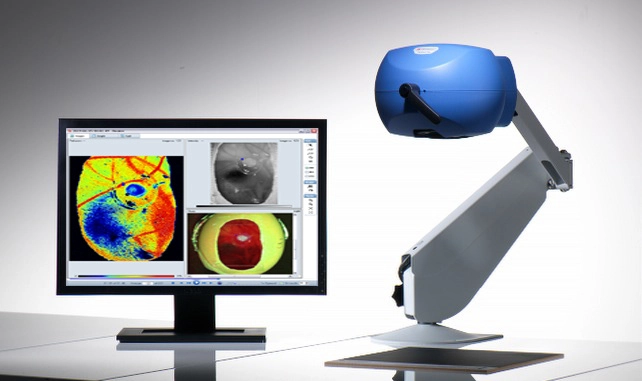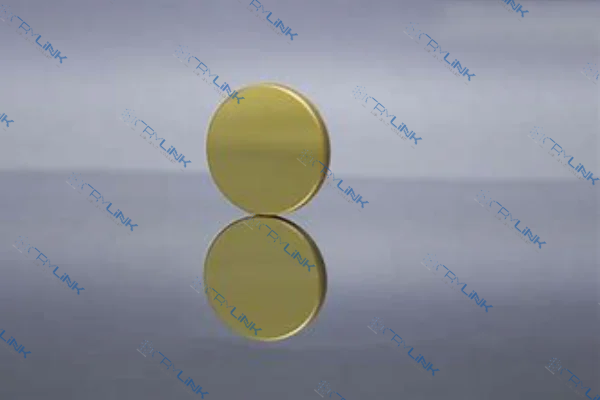Electro-optical crystals have emerged as a pivotal component in the realm of optics, offering unparalleled control over light modulation. In this comprehensive guide, we’ll delve deep into the modulation properties of these crystals, exploring their applications and the techniques they employ.
Understanding Light Modulation
At the heart of optical communication and sensing lies the principle of light modulation. It’s the process of varying the properties of light, such as its amplitude, phase, or polarization, to encode information.
Understanding the Role of Electro-Optical Crystals in Modulation
Electro-optical crystals are indispensable components in the world of optics and photonics, playing a vital role in the modulation of light. This article explores how these crystals are harnessed in two distinct modulation techniques: Interference Modulators and Refractive Modulators.
Interference Modulators
Interference modulators capitalize on the fundamental principle of light interference. When two light waves superimpose, they interact in a way that can either enhance or cancel each other out, depending on their relative phase. This interaction forms the basis of modulation in interference modulators.

The Crucial Role of Electro-Optical Crystals
In interference modulators, electro-optical crystals take center stage by enabling precise control over the phase relationship between light waves. These crystals undergo a change in their refractive index when subjected to an electric field. This alteration of refractive index allows for the manipulation of the phase of the incident light waves. By adjusting the electric field applied to the crystal, scientists and engineers can effectively modulate light using interference, opening doors to various applications in telecommunications, spectroscopy, and more.
Refractive Modulators
Refractive modulators, in contrast to interference modulators, do not rely on the superposition of light waves. Instead, they modulate light by directly altering its path. This approach is particularly valuable in applications where precise control over the direction of light propagation is essential.
The Crucial Role of Electro-Optical Crystals
Electro-optical crystals, once again, prove their worth in refractive modulators. These crystals exhibit a change in their refractive index when subjected to an electric field, a property that is leveraged to modulate light. By manipulating the refractive index through the application of an electric field, researchers and engineers can control the direction in which light propagates. This capability finds applications in devices like spatial light modulators used in imaging, holography, and beam steering.
Versatile Applications
The role of electro-optical crystals in modulation extends across a broad spectrum of applications. In telecommunications, they enable the manipulation of light signals for data transmission. In spectroscopy, these crystals facilitate the precise analysis of materials and compounds. Additionally, in laser technology, they play a pivotal role in achieving fine control over laser beams, allowing for applications such as laser ranging and laser-induced breakdown spectroscopy (LIBS).
In conclusion, electro-optical crystals are the unsung heroes behind the scenes of light modulation. Whether it’s through interference modulators, where they control phase relationships, or refractive modulators, where they alter the direction of light propagation, these crystals are at the forefront of innovative technologies. As we continue to advance in the field of optics, the importance of electro-optical crystals in modulation cannot be overstated, and their applications are expected to expand even further in the future.
A Comparison of Modulation Techniques: Interference vs. Refractive Modulators
Interference modulators and refractive modulators are two distinct techniques for modulating light, each with its own set of advantages and limitations. This comparison explores the key differences between these techniques, emphasizing their efficiency, precision, flexibility, and robustness.
Efficiency and Precision
Interference modulators, which rely on the precise control offered by electro-optical crystals, excel in terms of efficiency and precision. By altering the refractive index of these crystals, the phase relationship between light waves can be meticulously adjusted. This precision makes interference modulators ideal for applications where exact control over modulation is crucial, such as in telecommunications and high-precision spectroscopy.
Environmental Factors
However, it’s essential to note that interference modulators may be more sensitive to environmental factors. External conditions like temperature fluctuations or mechanical vibrations can potentially impact the performance of these modulators. Therefore, they often require stable operating environments and careful calibration to maintain their precision.
Flexibility and Robustness
Refractive modulators, in contrast, offer greater flexibility in terms of design and are generally more robust against external perturbations. Instead of relying on the interference of light waves, they directly alter the path of light. This direct path alteration provides flexibility in shaping the modulation characteristics.
Stability in Variable Environments
Refractive modulators tend to be less sensitive to external factors, making them suitable for applications where environmental stability is a concern. They can maintain their performance in less controlled environments, such as field applications or outdoor settings. This robustness is particularly valuable in scenarios where precise control is necessary, but a stable environment cannot always be guaranteed.
Choosing the Right Modulation Technique
The choice between interference and refractive modulation techniques depends on the specific requirements of the application at hand. Here are some considerations to help guide the decision:
- Precision Needs: If the application demands high precision and accuracy in modulation, interference modulators may be the preferred choice.
- Environmental Conditions: For applications in environments with potential fluctuations or disturbances, refractive modulators could be the more practical option due to their robustness.
- Design Flexibility: If the design of the modulation system needs to be adaptable and versatile, refractive modulators offer greater flexibility.
- Efficiency: In cases where maximizing efficiency is crucial, interference modulators might provide a more efficient modulation process.
In conclusion, both interference and refractive modulators have their distinct advantages, and the choice between them should be based on the specific requirements and constraints of the application. Careful consideration of factors such as precision, environmental stability, flexibility, and efficiency will help determine the most suitable modulation technique for a given scenario.
Exploring the Applications of Electro-Optical Modulation
Electro-optical crystals, with their remarkable modulation properties, have found their way into a diverse range of applications, revolutionizing various domains of science and technology. This article highlights some of the key areas where the unique abilities of electro-optical crystals are making a significant impact.
Optical Communication Systems
In the realm of high-speed data transmission, electro-optical crystals play a pivotal role. Fiber-optic communication systems, the backbone of modern telecommunications, rely on the precision and efficiency offered by these crystals. By modulating light with electro-optical crystals, information can be transmitted over long distances with minimal signal loss. This technology underpins the global internet infrastructure, enabling the rapid exchange of data across the world.
Satellite Communication
Even in satellite communication, where signals must traverse vast distances through space, electro-optical crystals are employed. They ensure the reliable modulation of light signals, facilitating communication between ground stations and satellites orbiting the Earth. This technology is vital for applications ranging from weather forecasting to global positioning systems (GPS).

Optical Sensing
The field of LIDAR, which stands for Light Detection and Ranging, relies heavily on the modulation properties of electro-optical crystals. LIDAR systems use laser pulses to measure distances and create detailed 3D maps of the environment. The precise control over light modulation provided by these crystals enhances the accuracy and range of LIDAR sensors. This technology finds applications in autonomous vehicles, environmental monitoring, and archaeology, among others.

Medical Imaging
In the realm of medical imaging, electro-optical modulation of light is a game-changer. Techniques such as Optical Coherence Tomography (OCT) and photoacoustic imaging rely on the ability to modulate light for precise and non-invasive imaging of biological tissues. Electro-optical crystals enhance the quality and resolution of these images, enabling early disease detection and improving medical diagnostics.

Conclusion
In conclusion, electro-optical crystals stand as pioneers in the world of modern optics. Their unique ability to modulate light with precision has paved the way for transformative advancements in optical communication, sensing, and imaging. From the global reach of fiber-optic communication systems to the intricate details revealed by medical imaging techniques, these crystals continue to shape the future of optics and photonics. As technology continues to advance, their role in light modulation will only become more pronounced, opening up new possibilities and applications across various domains.
FAQs
- What is light modulation?
- It’s the process of varying the properties of light to encode information.
- How do electro-optical crystals modulate light?
- They change their refractive index in response to an electric field, allowing for control over light propagation.
- What’s the difference between interference and refractive modulators?
- Interference modulators rely on the superposition of light waves, while refractive modulators modulate light by directly altering its path.
- Why are electro-optical crystals crucial in optical communication?
- They offer the precision and efficiency required for high-speed data transmission.
- Are electro-optical crystals used in medical imaging?
- Yes, they play a role in optical sensing applications, including medical imaging.








